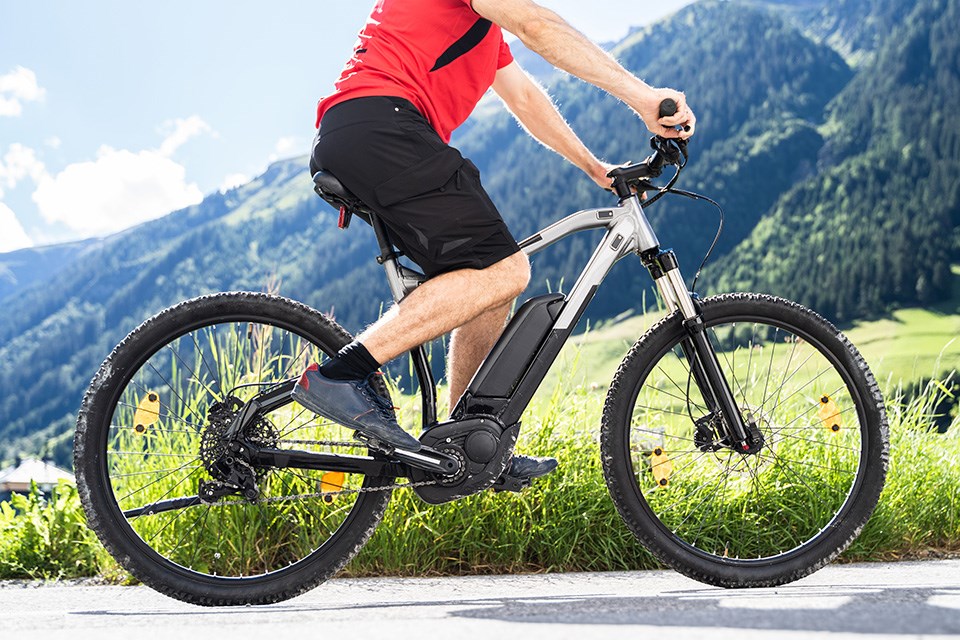The Regional Transportation District began allowing e-bikes and e-scooters on bus racks, light rail and commuter rail trains on Nov. 15, as use of battery-powered transportation grows in Colorado.
The national e-bike market is expected to increase over the next six years by a compound annual growth rate of 10.34%, according to a Triton Market Research report.
Colorado transit staff researched nine agencies’ e-bike policies before permitting them on buses and trains, said Debra Johnson, RTD general manager and CEO.
“I recognize that public interest in this topic has been high, and I commend the team across RTD that reviewed this topic with such thoughtfulness,” Johnson said in a statement. “Based upon industry best practices garnered by staff, the agency’s course of action regarding e-bikes will continue to evolve over time, and RTD will remain flexible and agile on this matter.”
RTD staff also worked with the American Public Transportation Association to develop its e-bike policies, Johnson said.
The effort to reduce carbon emissions is one of the factors behind the growing use of e-bikes, according to the Triton report. Another factor is health — commuters who have joint issues or asthma are turning to e-bikes for ease of pedaling and propulsion, the research shows.
Tom Wilson, owner of Small Planet e-Bikes in Longmont, said some people’s doctors actually send them into his shop — for a lower-impact, less strenuous option, he explained.
“It’s healthier, it’s cheaper and it’s more fun — it’s all of those things,” Wilson said. “E-bikes make hills disappear.”
Some customers also prefer e-bikes for aesthetic reasons, he explained.
“Say you’re commuting to work every day on a regular bike — you end up all sweaty,” he said. “On an e-bike, you are less sweaty.”
Wilson said the interest in e-bikes at his shop has grown significantly over the past year — particularly with skyrocketing gas prices.
E-bikes, which use rechargeable batteries, generally fall into two categories: pedelecs, which help the rider’s pedal power; and moped-style e-bikes, which add throttle.
E-bikes can travel up to 28 mph, and start at $1,500 in Wilson’s shop, he explained. E-bike prices will likely go down as consumer interest grows, he predicted.
While e-bikes and e-scooters are allowed on RTD trains and buses, the agency has issued some rules. E-bikes that exceed 55 pounds cannot be loaded onto buses’ front racks, and there are size restrictions.
“Bicycles, battery-powered e-bikes, and e-scooters must never block aisles or emergency exits and cannot be larger than 80 inches x 40 inches,” the rules state.
E-bikes can’t be brought onto light rail high blocks — those are only for people with disabilities and were not designed for any type of bikes, the agency said.



